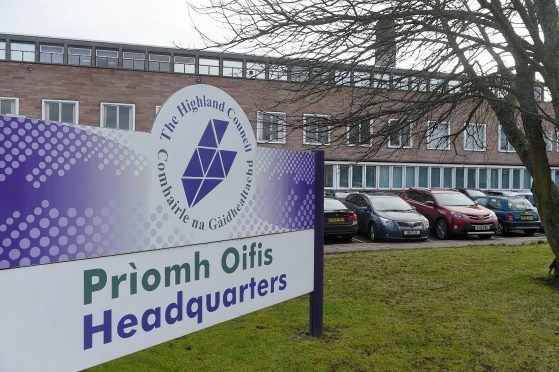Updated guidelines for how much developers should pay towards facilities and infrastructure in Highland region have now been approved by Scottish ministers and adopted as part of the Highland Council’s development plan.
The council says the new guidance will help both developers and the council identify and deliver what’s needed for Highland’s infrastructure from the outset of any development proposal.
Developer contributions can be required for facilities including schools, roads and the provision of affordable housing in sites where the existing infrastructure is under pressure.
Nairn is such a town, with residents concerned about the pressure on the Victorian infrastructure of ongoing large housing developments, particularly in Kingsteps, Lochloy.
Local campaigners for more sympathetic development say there has been lack of clarity in developer contributions to amenities and infrastructure in the area.
Morton Gillespie of Kingsteps Residents Group gave a cautious welcome to the new guidelines.
He said: “The guidance appears to be a step in the right direction, although too late for here.
“There was no mention or reference to developers’ contributions in the planning report for Kingsteps that went to committee.”
All scales of residential development, including single houses, will have to pay developer contributions.
Single houses will receive an 80% discount, with the total financial payment varying from zero up to around £3,000 per house.
The council based its level of financial contributions on that of other Scottish councils, and the cost of recent infrastructure projects in Highland.
Councillor Allan Henderson, the council’s Environment, Development and Infrastructure committee chairman said: “One benefit of the new guidance is that it provides a tool for developers and communities to understand the likely financial contributions early on in a new development being planned.
“It will mean that future developments make a fair and proportionate contribution to the provision of services and facilities that makes Highland an attractive place to live.”
